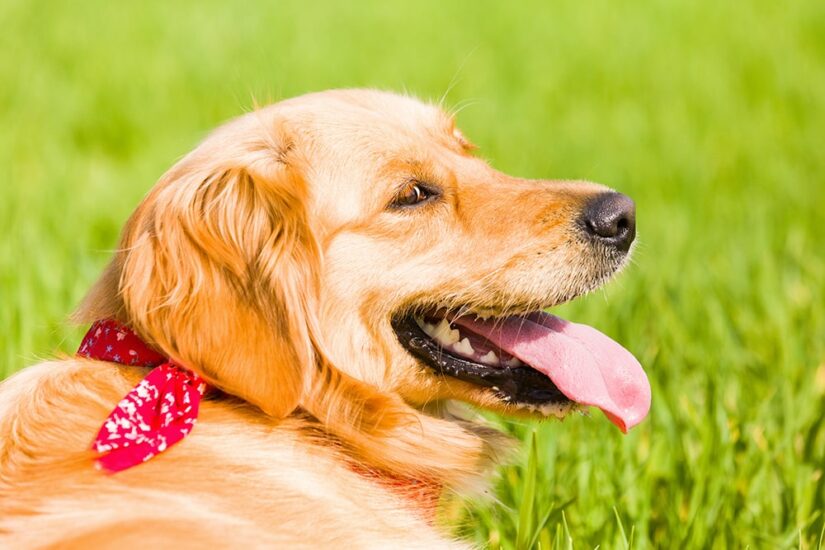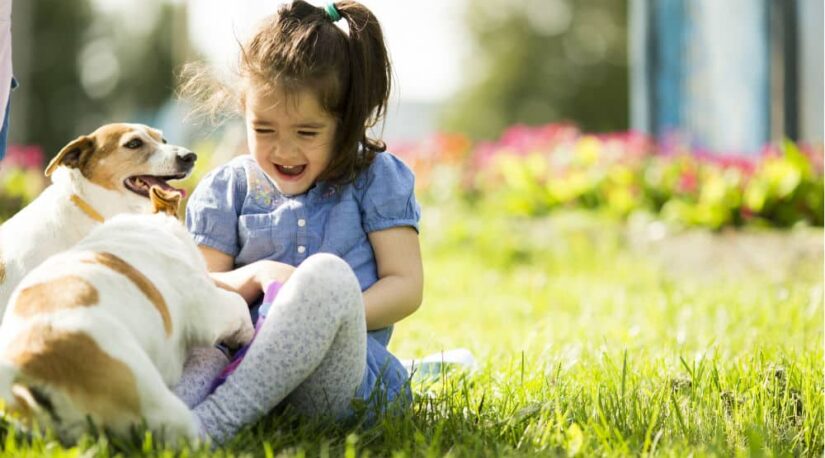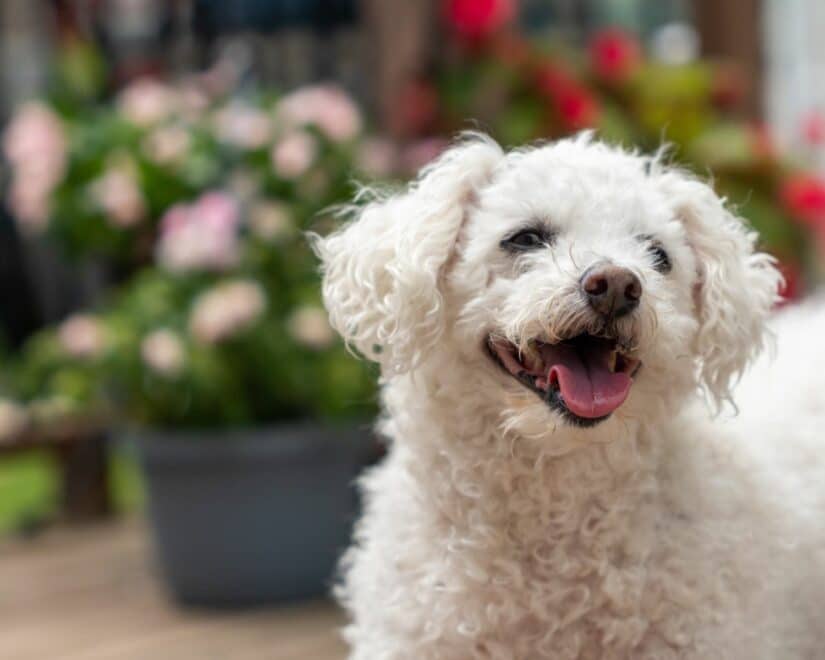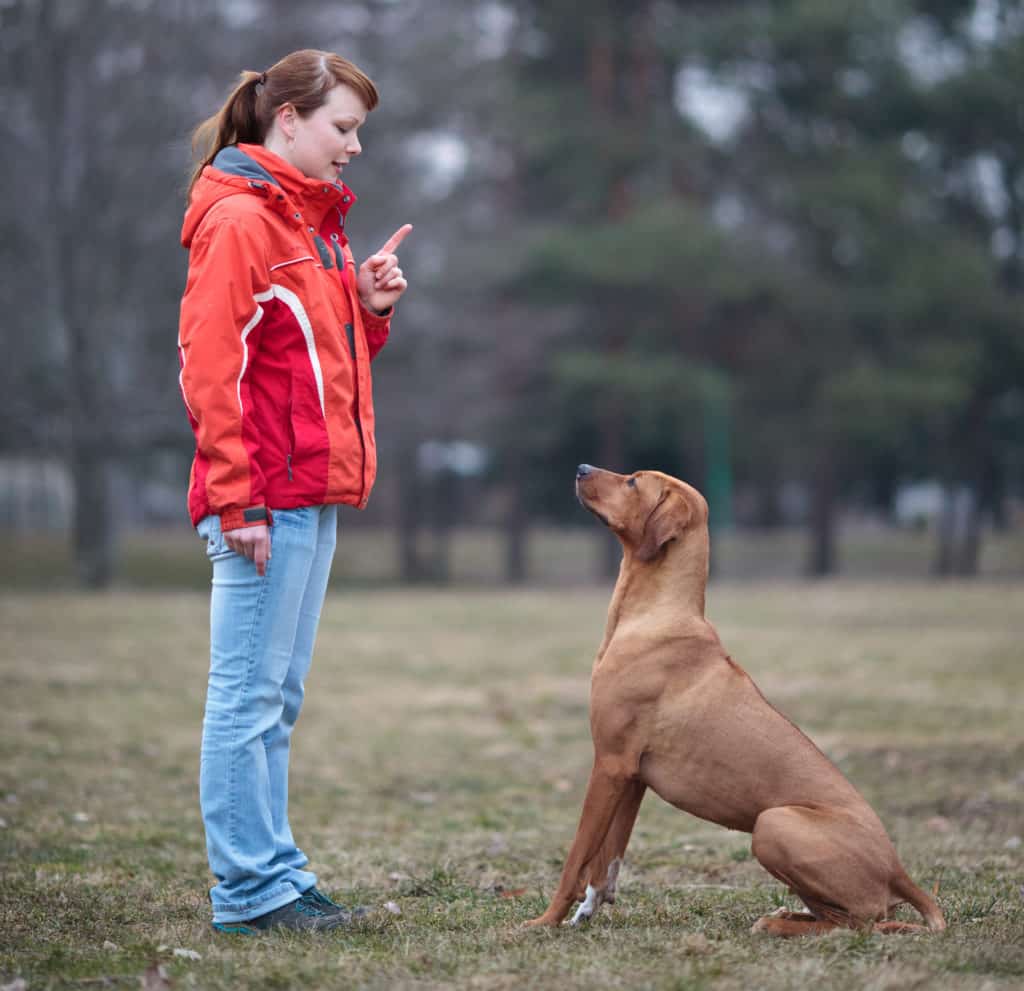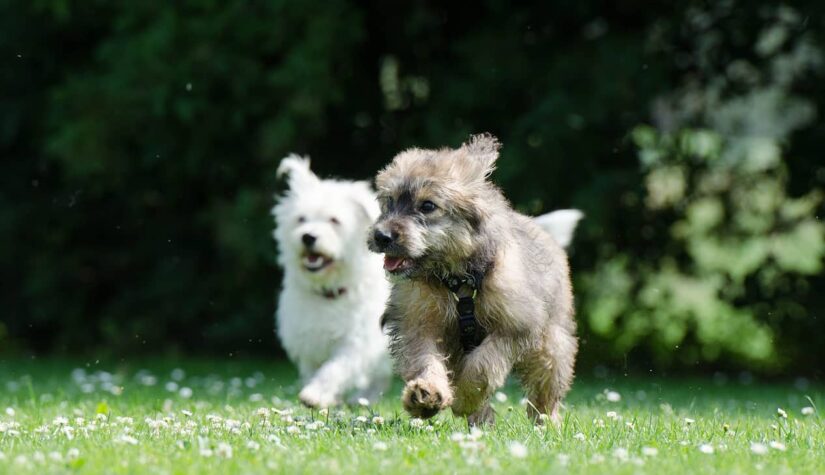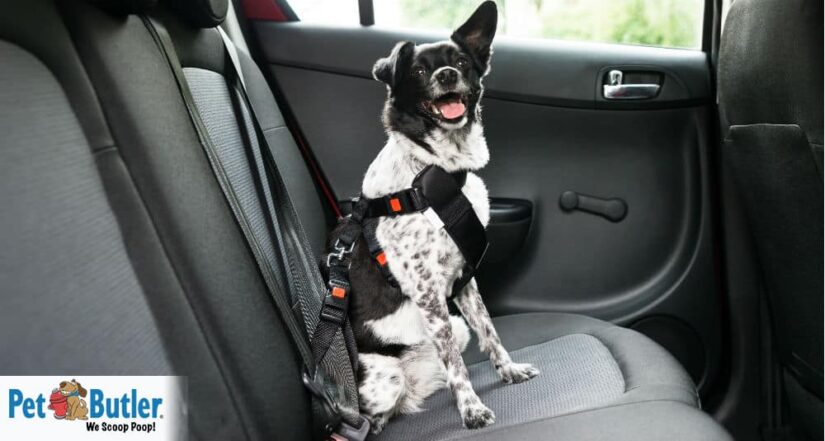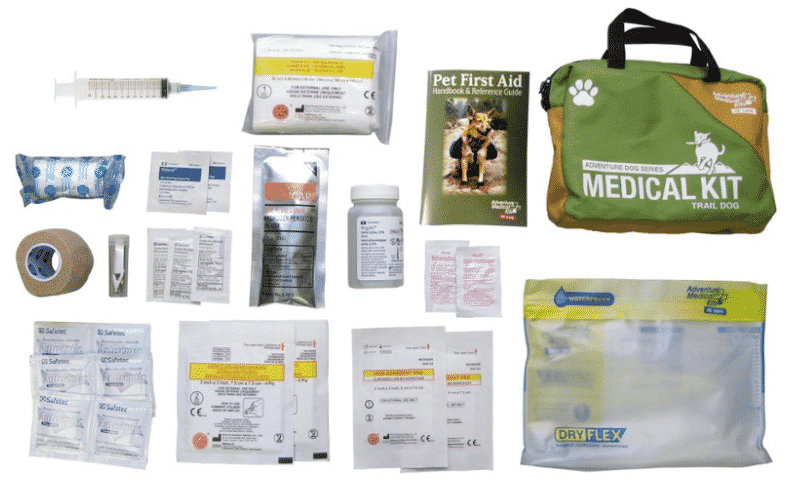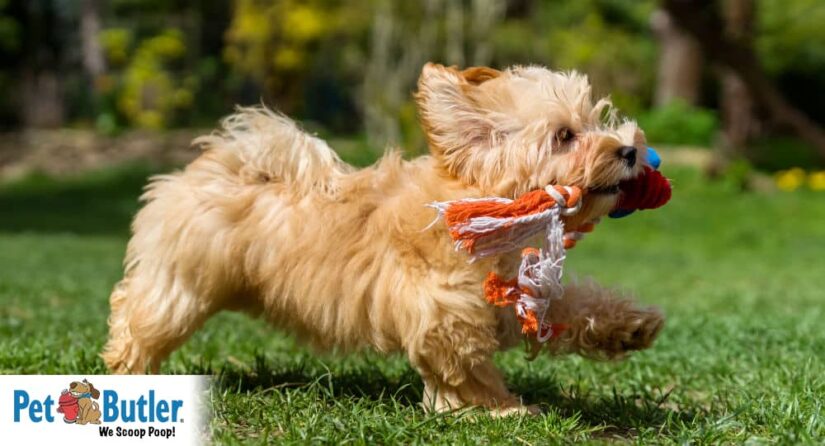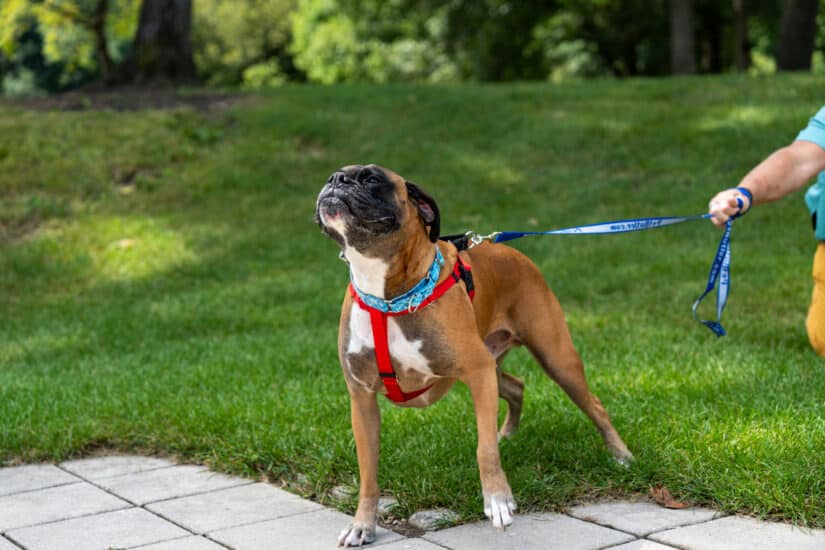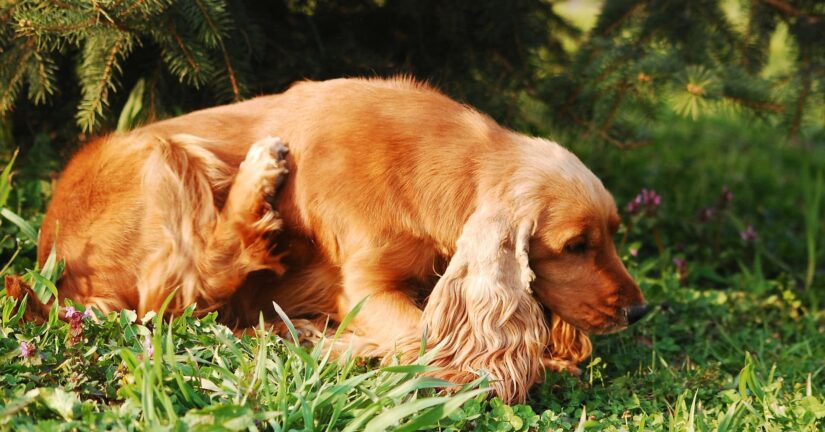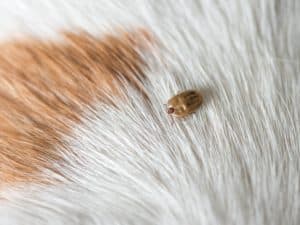Pets are especially prone to dehydration and hyperthermia as they are not designed to efficiently regulate body temperature. They cool themselves by conduction, or transfer of heat, by lying on a cool floor. Sweat glands in the paws and panting help to carry away body heat and fur helps to provide insulation. On hot and cold days, they can become dehydrated quickly and need more than the requisite cup of water per 10 pounds of body weight, or ounce per pound.
Pets can also become dehydrated by losing fluid if they are experiencing gastrointestinal symptoms of vomiting and diarrhea or have a high fever. Excessive urination due to kidney disease or diabetes can also deplete the body’s water stores.
Vigorous exercise and lack of access to clean water will obviously lead to dehydration. For a healthy pet in comfortable environment, it’s safe to remove access to the water bowl an hour or two before bedtime to prevent nighttime accidents, but replenish the dish in the morning.
Symptoms of Dehydration
The symptoms of dehydration vary depending on the degree of water loss. You may first notice excessive panting or drooling in your pet with a 3-5% loss of fluid. They will attempt to find shade or an air conditioning vent. Lethargy and loss of appetite is common. As dehydration progresses, their noses and mouths become dry, eyes appear sunken, and skin loses its “spring”.
At 10-15% fluid loss:
- signs of shock such as shivering
- listlessness
- rapid heart rate
- weak pulse
- bright red gums
- appear unconsciousness. If not immediately treated by your veterinarian with gradual cooling and intravenous fluids, your dog can die.
Re-hydrating Your Dog
In the early stages on dehydration, it’s important to eliminate the cause, be it treating the diarrhea or getting your dog out of the sun. Provide access to fresh, cool water in small, frequent amounts or offer ice cubes.
Dogs that guzzle water are at risk for vomiting all they consumed and losing more fluid. Electrolytes are lost in body secretions, and with the permission of your veterinarian, a small amount of bone broth, Pedialyte or other electrolyte replacement solution can be added to water to slowly rehydrate your dog if they are not vomiting.
Perform a Dehydration Test
To perform a dehydration test on your pet, consider two options:
Test skin elasticity. The skin elasticity test measures the amount of spring in your dog’s skin. Pinch the skin to make a tent between the shoulder blades or along the ribcage, release your grip on the “skin tent”, and watch for the skin to return to the dog’s body wall. In a well-hydrated animal, the skin returns to its normal position almost immediately.
Test your dog when they are healthy as each dog’s skin elasticity varies. It can be especially difficult to judge how long skin stays tented in wrinkly breeds like the shar pei or bulldog, older pets, or those with long hair. In which case we move on to the second way to check for dehydration in pets.
Check gums. Normal, healthy dogs have moist mouths and no excessive panting. Their gums are pink (again, check on your healthy pet to determine their personal normal. Heavily pigmented dogs like chows or mastiffs may be more difficult to assess). When the pink gum tissue has pressure applied via a fingertip, the mucous membrane blanches to near white.
When the pressure is removed, a normal pink color should return in less than 3 seconds. This is known as the capillary refill time. If gums are red or white upon visual inspection without pressure, call your vet. Animals that have a delayed capillary refill time may be dehydrated and need prompt intervention too.
